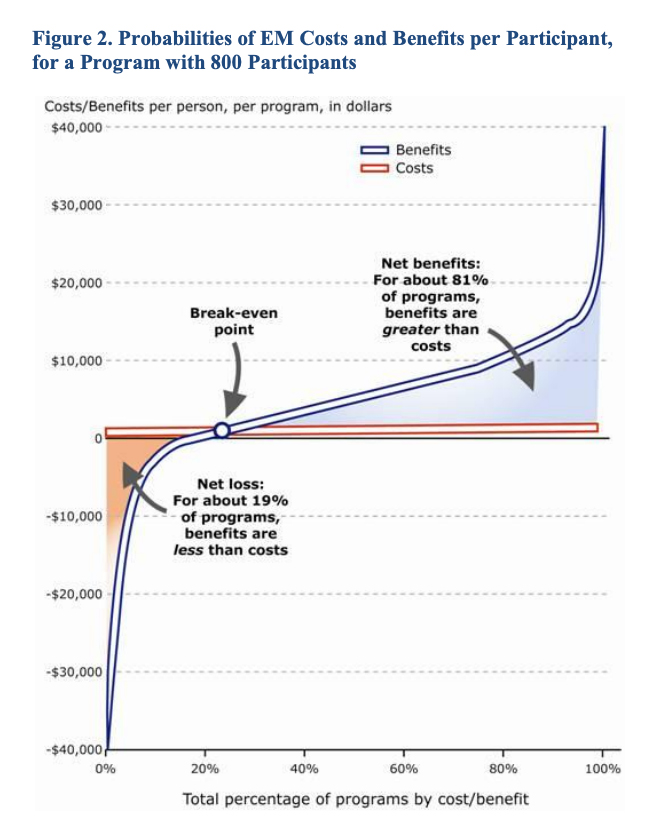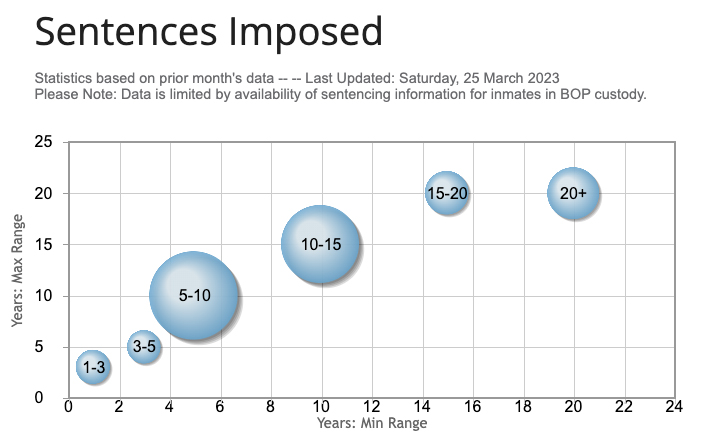DOWNLOAD THE FACTS →
Electronic monitoring (EM), often associated with ankle monitors, is a tool used in community corrections to promote accountability and compliance. While EM is highly regarded within the industry, there are several mischaracterizations floating around that appear to negatively paint the technology with a broad brush.
The Battle of Anecdotal Versus Empirical Evidence
It’s a fact that one cannot get a full picture without examining all sides of the story. However, not all information can be weighed equally.
Take, for instance, anecdotal evidence. It comes in a variety of shapes, from product reviews to word of mouth. Frequently consisting of testimony or a summary about claim veracity or efficacy, it is often accompanied by an emotional story.
Many of these anecdotal stories rely heavily on a negative bias. And for good reason. This bias, by definition, is a cognitive bias whereby we notice and fixate on negative events more than positive ones. Studies show that people often:
- Recall unpleasant memories more easily
- Are likely to click and read negative news
- Remember insults rather than compliments
- More easily believe negative information
- React stronger to negative life events
When considering such evidence, one needs to proceed with caution. Social psychologists at Northwestern University have discovered that emotional stories can make weak facts more compelling while detracting from the impact of strong facts.
Myth: An EM Ankle Monitor is a “Digital Shackle”
The misconception of electronic monitoring being a digital shackle is common. Reality is another story. Electronic monitoring supports a successful transition from incarceration to the community. The fact is that individuals on electronic monitoring may not serve as much time in prison and instead serve a portion of their jail or prison sentence on electronic monitoring. Scientific studies show it’s cost effective, helps reduce prison populations, and reduces an individual’s chances of returning to jail.
For example, a 2020 study published by the Journal of Criminal Justice titled, A Systematic Review of the Effectiveness of the Electronic Monitoring of Offenders concluded, “Overall findings indicate that EM has been shown to produce positive effects for certain offenders (such as sex offenders), at certain points in the criminal justice process (post-trial instead of prison), and perhaps in combination with other conditions attached (such as geographic restrictions) and therapeutic components.”
To see further studies, download our accompanying PDF here.
Myth: EM is Cost Prohibitive with No Societal Benefits
In 2012, the District of Columbia Crime Policy Institute produced the study, The Costs and Benefits of Electronic Monitoring for Washington, D.C. Authors provided a detailed cost-benefit analysis (CBA) of operating an electronic monitoring program and the savings (benefits) to the city, federal agencies, and to society as a result of reduced recidivism compared to standard probation.
Key findings include:
- On average, EM reduces arrests by 24% for program participants
- On average, EM reduces per participant costs to local agencies by $580 and saves federal agencies $920
- The average number of arrests prevented per participant can be expected to generate $3,800 in societal benefits per participant
- There is an 80% chance that a new EM program will be cost-effective, that is, that the combined agency savings and societal benefits are greater than the cost of implementing the program
Myth: EM Prolongs Punishment
The idea that EM prolongs an individual’s sentence could not be further from the truth. In a court-appointed electronic monitoring program, participants are typically released from jail or prison early and may be allowed to:
- Commute to work or school
- Attend therapy
- Attend appointments related to the monitored individuals’ community supervision
- Complete community service requirements as part of their probation or parole
Individuals can remain in their community, preserve employment, maintain residence, maintain the support of family members, and access the resources they need to improve their lives.
According to the Federal Bureau of Prisons, 25.6% of sentences are between 5 to 10 years.
Depending on the circumstances, an individual may be released before their sentence is completed and allowed to serve the remainder of their sentence under electronic monitoring. This reduces the time spent in prison and does not prolong the sentence.
Myth: EM is Inhumane and Ineffective in Producing Positive Outcomes
When we talk about positive outcomes this means that individuals were able to stay the course and not return to the justice system. This is also known as “recidivism.”
In our November 1, 2022, post titled, ‘Is GPS an Effective Tool in Helping Reduce Recidivism?’ we posted four rigorous studies including the U.S. Federal Court System which concluded electronic monitoring:
- Reduces an individual’s risk of failure by 31%
- 86% of individuals placed on location monitoring at the time of sentencing remained free of any new arrest, during their term of supervision
- 97% of individuals placed on location monitoring at the time of sentencing remain free of any arrest for a violent offense, during their term of supervision
- Individuals on electronic monitoring supervision were far less likely to have a Failure to Appear violation (8.17% vs. 22.59%) than those who were not electronically monitored
Also, a University of New Mexico study on the new statewide pretrial GPS tracking system showed:
- Between 2017 and 2020, 95% of people facing felony charges who were released before their trials did not go on to get arrested for a violent crime
For more compelling facts and figures, download our PDF that includes over 15 verified studies.
Myth: EM is Humiliating and Stigmatizing
Technology is always evolving; improvements and modifications are constantly in motion and EM technology is no exception. In fact, EM is becoming more personal and portable. Agencies now have access to low-profile, wrist-worn devices and smartphone apps to connect clients more closely with supervising officers and the critical community resources individuals need to be successful.
Depending on the decision of the courts, electronic monitoring can be very discreet and unassuming.



